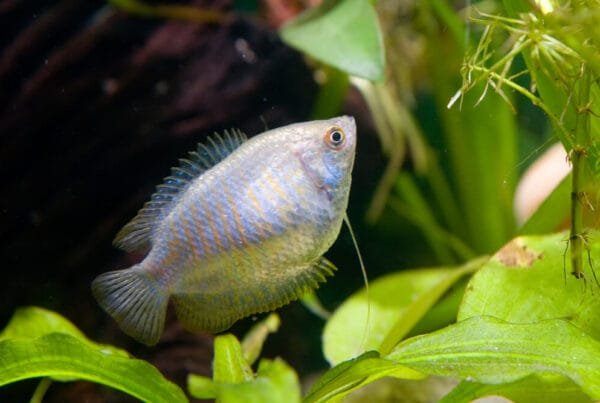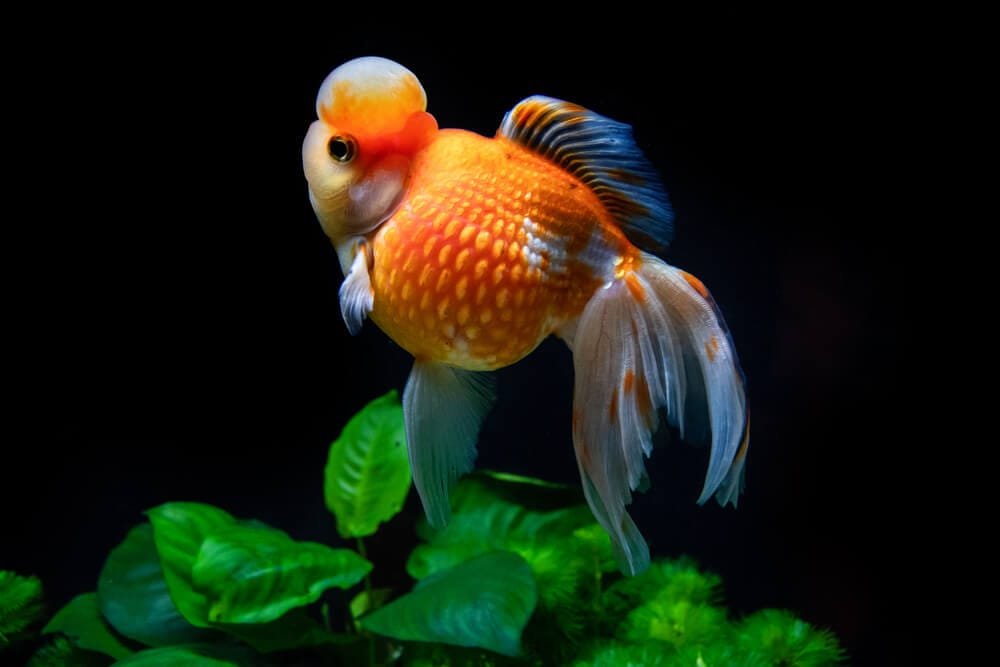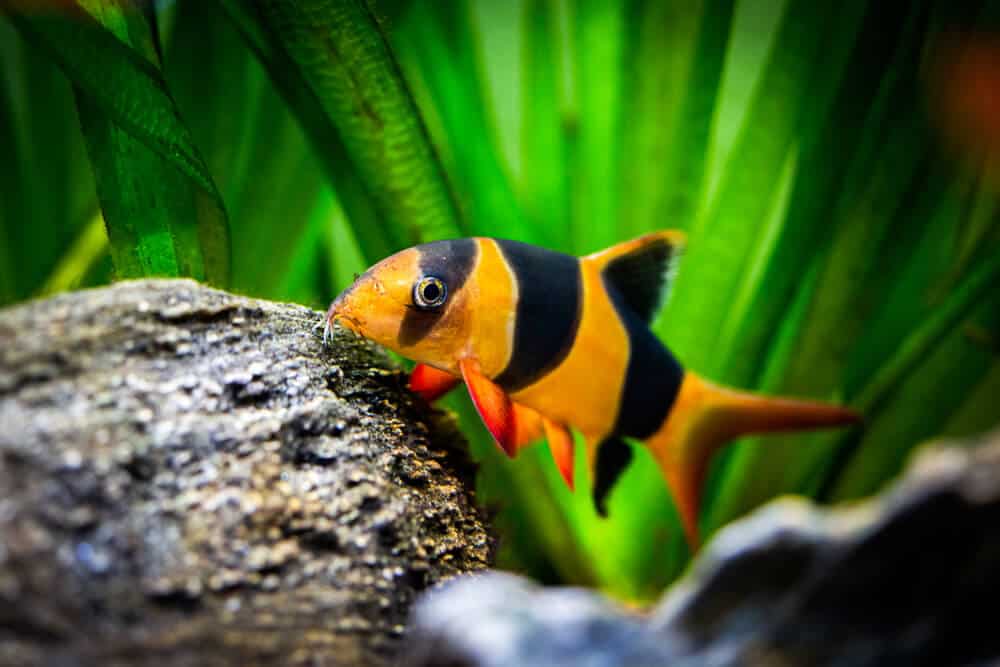Are you a proud goldfish owner looking to ensure the health and happiness of your beloved aquatic companion? In this article, we will explore the world of common goldfish diseases, shedding light on the ailments that may affect our finned friends. From swim bladder disease to ich, we will discuss the symptoms, causes, and potential treatment options for these afflictions. Prepare to dive into the world of goldfish health and discover how to keep your scaly companions thriving.
What are common goldfish diseases?
Preventing goldfish diseases
As an owner of a beloved goldfish, it is important to understand and be aware of the common diseases that can affect these beautiful aquatic creatures. While goldfish are generally hardy and resilient, they are still prone to certain diseases that can jeopardize their health and wellbeing. By learning about these common ailments and taking preventive measures, you can ensure that your goldfish lives a long and healthy life.
Swim bladder disorder
One of the most common goldfish diseases is swim bladder disorder. This condition affects the swim bladder, an organ that helps the goldfish control its buoyancy. When the swim bladder malfunctions, the goldfish may experience difficulty swimming and may either float uncontrollably or sink to the bottom of the tank. Swim bladder disorder can be caused by overfeeding, constipation, or poor water quality. To prevent this condition, ensure your goldfish has a balanced diet, avoid overfeeding, and maintain clean and well-filtered water in the tank.
Ich (White Spot Disease)
Ich, also known as White Spot Disease, is another prevalent goldfish disease that can affect both the fish and their owners. This parasitic infection is characterized by the appearance of white spots on the goldfish’s body, fins, and gills. These spots can cause itching and discomfort for the fish, leading to excessive scratching against objects in the tank. Ich can be introduced to the tank through infected plants or new fish, and it thrives in poor water conditions and stress-inducing environments. To prevent Ich, maintain a clean tank with proper filtration, quarantine new fish before introducing them to your main tank, and avoid sudden changes in water temperature.
Dropsy
Dropsy is a serious condition that affects the kidneys and can be fatal if left untreated. The disease causes the goldfish to retain fluid, resulting in a swollen and bloated appearance. Other symptoms include a loss of appetite, lethargy, and raised scales. Dropsy is often caused by poor water quality, improper diet, and underlying infections. To prevent Dropsy, it is crucial to maintain optimal water conditions, avoid overfeeding, and regularly monitor your goldfish for any signs of illness.
Fin rot
Fin rot is a bacterial infection that primarily affects the fins and tail of the goldfish. This disease is characterized by the deterioration of the fish’s fins, which may appear ragged, frayed, or discolored. Fin rot can be caused by poor water conditions, stress, and wounds from sharp tank ornaments or aggressive tankmates. Regular water changes, maintaining a clean tank, and promptly removing any aggressive or injured fish can help prevent fin rot.
Fungal infections
Fungal infections are common in goldfish and can affect various parts of their body, including the fins, mouth, and skin. These infections are often caused by poor water conditions, injuries, or stress. Symptoms of fungal infections include white, cotton-like growths on the affected areas, redness, and ulcers. To prevent fungal infections, it is essential to maintain a clean and well-filtered tank, regularly monitor water quality, and provide a stress-free environment for your goldfish.
Swim bladder infection
Swim bladder infections are bacterial or parasitic infections that affect the swim bladder of the goldfish. This condition can cause similar symptoms to swim bladder disorder, such as difficulty swimming, floating, or sinking. Poor water quality, stress, and improper diet can increase the risk of swim bladder infections. To prevent these infections, maintain clean water conditions, provide a balanced and nutritious diet, and minimize stressors in the goldfish’s environment.
Eye diseases
Goldfish can also suffer from various eye diseases, such as cloudy eyes, pop-eye, or eye ulcers. These conditions can be caused by poor water conditions, trauma, bacterial infections, or underlying health issues. Symptoms include cloudy or protruding eyes, redness, and reduced vision. Ensuring clean water, avoiding overcrowding, and providing a suitable and stress-free environment can help prevent eye diseases in goldfish.
Velvet disease
Velvet disease, also known as gold dust disease, is caused by parasitic infections and can be highly contagious. This disease is characterized by a fine yellow or gold dust-like appearance on the fish’s body, fins, and gills. Other symptoms include scratching against objects, rapid breathing, and lethargy. Velvet disease thrives in poor water conditions and stressed fish. To prevent this disease, maintain proper water quality, quarantine new fish before introducing them to the main tank, and ensure a healthy and low-stress environment for your goldfish.
Ulcers
Ulcers are open wounds that can occur on the goldfish’s body, fins, or tail. These wounds can be caused by injuries, poor water conditions, or bacterial infections. Ulcers may appear as red, inflamed areas with exposed flesh. To prevent ulcers, maintain clean water conditions, provide suitable hiding spots for your goldfish to reduce the risk of injuries, and promptly treat any wounds or infections.
Parasitic infections
Goldfish are susceptible to various parasitic infections, including flukes, anchor worms, and fish lice. These parasites can cause irritation, skin damage, and even systemic infections if left untreated. Parasitic infections are often introduced to the tank through infected plants or new fish. To prevent parasitic infections, quarantine new fish, thoroughly clean and inspect any new plants before adding them to the tank, and maintain optimal water conditions.
In conclusion, being aware of the common goldfish diseases and taking preventive measures can significantly improve the health and longevity of your goldfish. Regularly monitoring water quality, maintaining proper filtration, providing a balanced diet, and creating a stress-free environment are crucial steps in preventing these ailments. Additionally, promptly treating any signs of illness or infection can help ensure that your goldfish remains happy and vibrant for years to come. Remember, a healthy goldfish is a happy goldfish!






